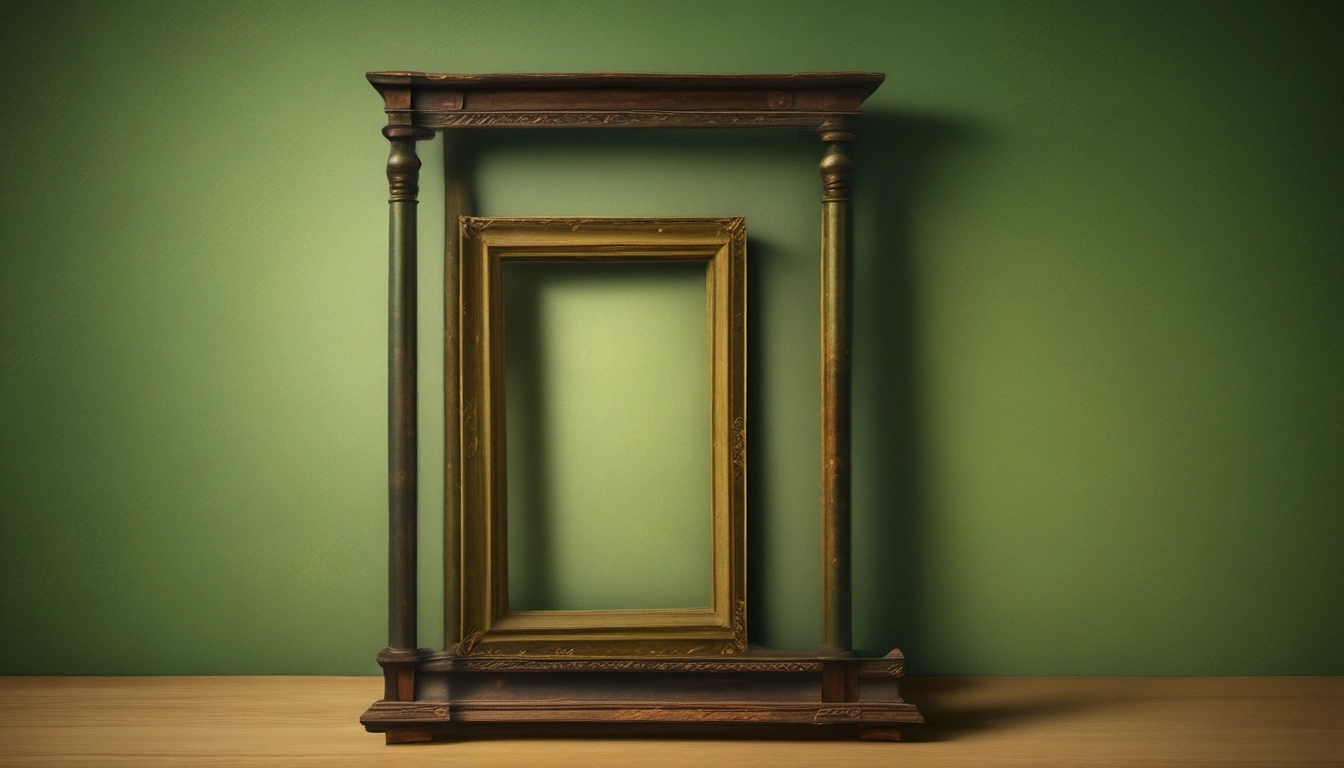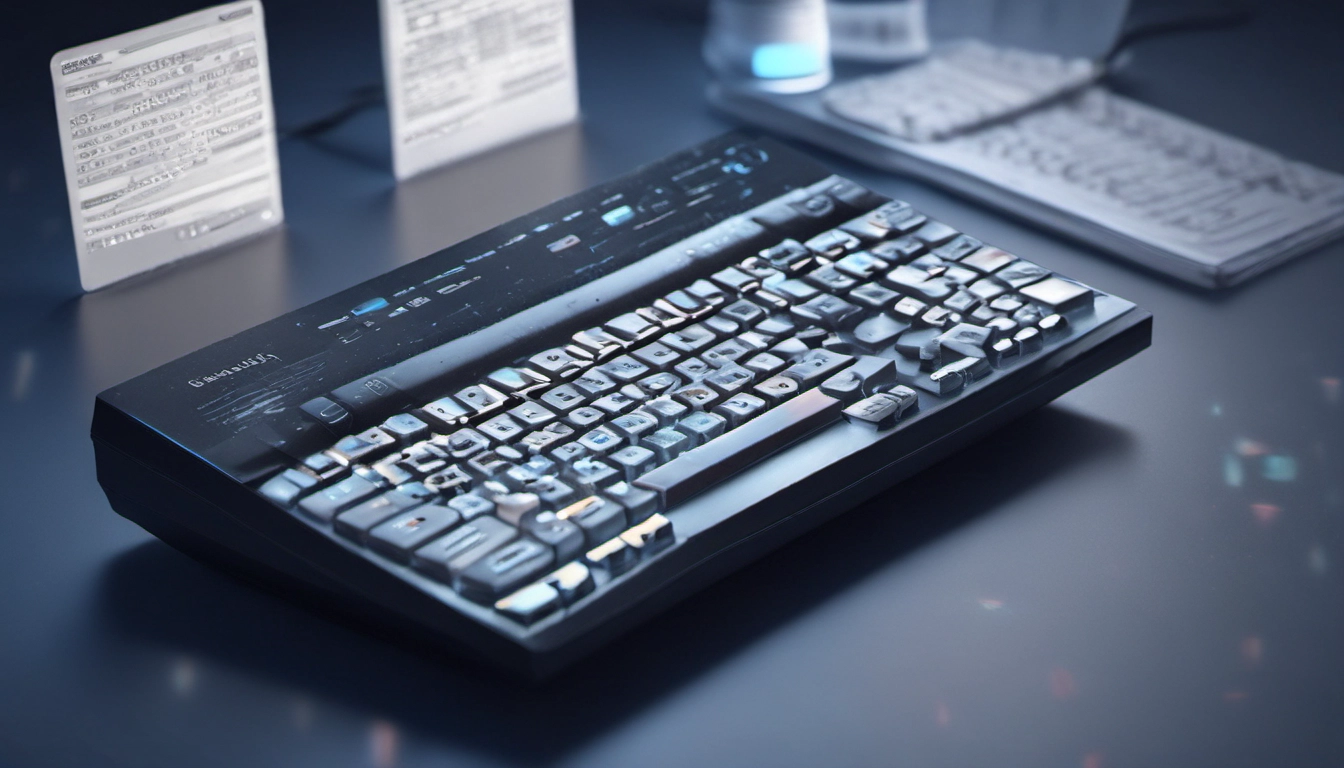AI Scene Prompt Playbook
Use the P.A.C.T. framework to write better AI scene prompts. Get a checklist, examples, and tips for image and video consistency.

AI Scene Prompt Playbook
This playbook gives you a simple, repeatable system to write scene prompts that make AI create better images and videos. Use the P.A.C.T. framework: Person, Action, Context, Technicals. You can think of P.A.C.T. like packing a lunch: each layer matters and the order keeps things neat. Quick check: can you name the main subject and one camera angle you want?
What P.A.C.T. means
- Person: Who is in the scene? Give age, look, outfit, mood, and a reference if you have one.
- Action: What are they doing? Use a short verb phrase: "reaching for a cup," "running toward a door."
- Context: Where and when? Add mood words (foggy, cozy), props (old map), and cause/effect if it matters.
- Technicals: Camera shot, lens, lighting, style, aspect ratio, negative prompts, and model-specific tokens (like "--ar 16:9" for Midjourney).
Why this works
AI models read prompts like a map. If your map is clear, the model gets you there with fewer tries. P.A.C.T. gives structure so you avoid vague prompts that waste credits and time.
Step-by-step: Build a prompt
- Start with Person: name the subject and key details. Example: "young woman, freckles, green eyes, navy coat."
- Add Action: a short phrase. Example: "lighting a lantern."
- Add Context: location, time, mood. Example: "foggy pier at dusk, salty air, distant lighthouse."
- Finish with Technicals: camera shot, style, lighting, negative prompts. Example: "3/4 shot, soft rim light, cinematic, 35mm lens, --ar 16:9, no text, no watermark."
Prompt template (fill in)
Person: [who, key traits] \nAction: [what they do] \nContext: [where, when, mood, props] \nTechnicals: [shot, lens, lighting, style, aspect ratio, negative prompts]Practical examples
Below are short examples you can copy and tweak. Each follows P.A.C.T.
- Image (cinematic fantasy): "young woman with silver braid, Action: studying a glowing map, Context: ancient rooftop at moonrise with fog, Technicals: wide shot, soft moonlight, cinematic color grade, 35mm, --ar 16:9, no text."
- Midjourney portrait: "Person: older man, weathered face, blue scarf. Action: looking off camera. Context: cluttered artisan workshop, warm window light. Technicals: close-up, high detail, film grain, --ar 4:5, no watermark."
- AI video prompt (short motion): AI video prompts: "Person: courier on bike. Action: speeds down wet street. Context: neon night, light rain, puddles reflect signs. Technicals: 3s shot, camera follow, smooth dolly, cinematic, 24fps, gradual zoom in."
Image vs Video: what changes
| Need | Image Prompt | Video Prompt |
|---|---|---|
| Camera motion | Specify shot type (close-up, wide) | Add transitions like "camera follows" or "tilt up to reveal" |
| Time | Frozen moment, lighting detail | Describe movement over time, frame rate, pacing |
| Continuity | Single frame style | Ask for consistent character details across frames |
Tips for video prompts
- Use explicit actions for camera: "cut to", "pan right", "switch to close-up" as shown in the video prompts guide.
- Describe background motion: "rain falling, cars passing, sign flickers."
- State duration: "3s slow zoom" or "6s pan" to help timing.
Keep characters consistent
Consistency is a big pain point. One trick is to lock key visual tokens: pick 3 fixed traits and repeat them in every prompt. For help on character consistency, see this walkthrough on keeping visuals steady: How to Create Consistent Characters with AI.
- Make a character mini-profile: name, outfit, scar/mark, favorite color.
- Use a reference image when possible and mention it in the prompt.
- If results drift, add a short negative prompt: "no extra tattoos, no missing scarf, no text."
Advanced: composition, lighting, and negatives
Small words change big things. Use clear lighting words (backlit, rim light), camera lenses (35mm, telephoto), and composition terms (rule of thirds, leading lines). Add negative prompts like "no logos, no watermark, no extra limbs" to stop common errors.
Forensics and reconstruction use case
Scene prompts also help recreate real events for analysis. For formal reconstruction, pair your visual prompts with data and timelines used in crime scene reconstruction and research like crime reconstruction. Be clear about what is hypothesis vs evidence when you share results.
Common mistakes and fixes
- Too vague: add one concrete detail (a prop or exact time of day).
- Too many styles: pick one style word ("cinematic" OR "watercolor"), not both.
- Missing camera specifics: add "close-up" or "bird's eye" to guide framing.
- Inconsistent characters: repeat the character mini-profile each prompt or use a reference image.
Quick checklist (use before you generate)
- Who exactly is the subject? (Name 3 traits)
- What single action is happening?
- Where is this, and what is the mood?
- Which camera shot and lighting do you want?
- Any model-specific flags or aspect ratio required?
- Negative list: what must be excluded?
One small experiment
Try this: pick one scene and make three prompts that only change the camera shot (wide, medium, close). Generate each and compare. You learn fast which shot matches your idea. As an early step: try one character, one prop, one camera move. See what changes.
Further reading and sources
For more scene prompt ideas for writers see 120 of the BEST Scene Prompts. For 3D and research reads check Scene123: 3D scene generation. For prompts about recreating images and boards, community threads like prompt assistance are useful.
Wrap-up: Use P.A.C.T. every time. Keep a short character profile, be specific about the key action and mood, and lock your technicals. You’ll get better results faster and spend fewer credits. Quick check: write a P.A.C.T. prompt for a single scene now and spot one word you can make clearer.

